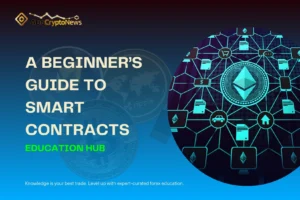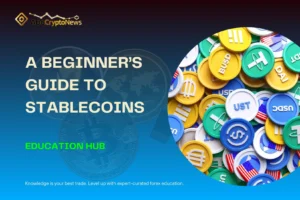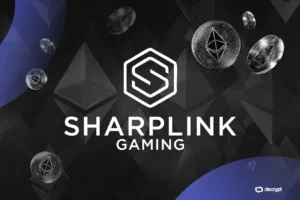World’s Second-Largest Cryptocurrency: Understanding Ethereum from the Ground Up
World’s Second-Largest Cryptocurrency: What Makes Ethereum So Important?
Ethereum is more than just a cryptocurrency — it’s a technology platform that powers thousands of decentralized applications (dApps), smart contracts, NFTs, and more. As the world’s second-largest cryptocurrency by market value, Ethereum stands just behind Bitcoin in popularity but far ahead in versatility.
So why is everyone talking about Ethereum? And why should beginners care? Let’s dive into the essentials — explained simply.
World’s Second-Largest Cryptocurrency : What Is Ethereum?
Ethereum is a blockchain-based platform launched in 2015 by a group of developers led by Vitalik Buterin. Like Bitcoin, it has its own digital currency, called Ether (ETH), which can be sent, received, and held in digital wallets.
But unlike Bitcoin, which was designed mainly to be a digital currency or “store of value,” Ethereum allows users to build and run applications directly on its blockchain. This makes it a kind of global computer, where the rules are written in code and enforced automatically.
Smart Contracts: How Ethereum Goes Beyond Bitcoin
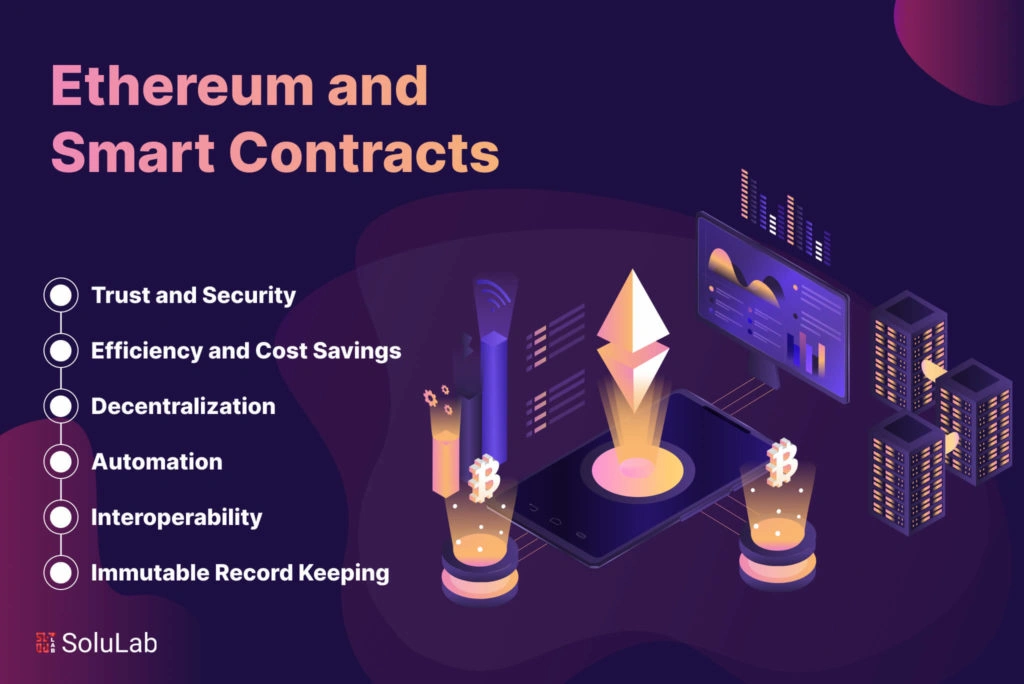
Credit from SoluLab
One of Ethereum’s biggest innovations is the smart contract — programs stored on the blockchain that run automatically when certain conditions are met. Think of them as digital agreements that don’t need lawyers or banks to oversee them.
For example:
- A game developer can create a play-to-earn game where rewards are distributed by code.
- A charity can set up a smart contract that releases donations only when certain milestones are achieved.
- An artist can sell digital artwork as NFTs, ensuring they get paid every time the work is resold.
This ability to create decentralized applications is what sets Ethereum apart.
What Can You Do With Ethereum?
Here are a few things beginners can try:
- Send or receive ETH: Like any crypto, you can use it for payments.
- Buy NFTs: Use ETH to purchase digital collectibles or art.
- Explore DeFi: Join decentralized lending, borrowing, or staking platforms.
- Use dApps: From games to decentralized social media, dApps are everywhere.
To get started, you’ll need:
- A crypto wallet (e.g., MetaMask or Trust Wallet).
- An account on a crypto exchange (e.g., Coinbase, Binance).
- Some basic knowledge of how to keep your private keys safe.
Ethereum vs. Bitcoin: A Quick Comparison
| Feature | Bitcoin | Ethereum |
|---|---|---|
| Purpose | Digital money | Programmable platform |
| Launch Year | 2009 | 2015 |
| Coin Supply | Limited (21 million) | No fixed limit |
| Smart Contracts | No | Yes |
| Speed | Slower | Faster (but variable) |
| Popular Use | Store of value | dApps, DeFi, NFTs, smart contracts |
Ethereum isn’t trying to replace Bitcoin — they serve different goals. But Ethereum’s flexibility and functionality make it more attractive for developers and tech builders.
Challenges: Is Ethereum Perfect?
Ethereum is powerful, but not without issues:
- High gas fees: Transactions can be expensive during network congestion.
- Scalability problems: As usage grows, the network can get slow.
- Energy concerns: Though now using a more eco-friendly method (proof of stake), energy use has been controversial in the past.
However, Ethereum is constantly evolving. With the move to Ethereum 2.0 and other upgrades, the platform aims to become faster, cheaper, and more scalable.
Final Thoughts on World’s Second-Largest Cryptocurrency : Why Ethereum Matters
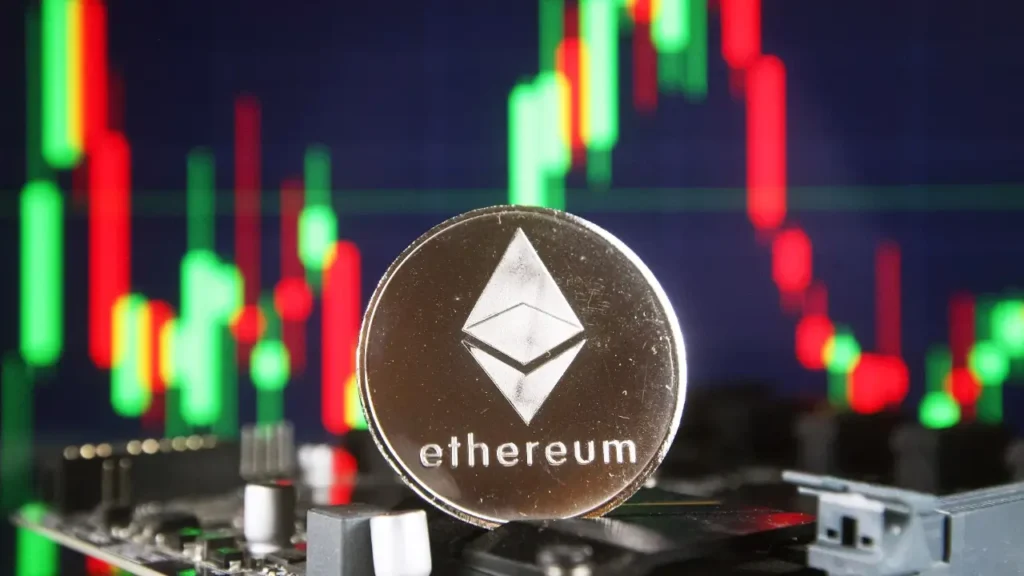
Credit from Bankrate
For beginners, Ethereum can be overwhelming at first. But once you explore what it enables — from building financial tools without banks to buying digital art, or even voting in decentralized organizations — you’ll realize why Ethereum isn’t just a coin.
It’s a foundation for the next generation of the internet — often called Web3 — and it continues to shape the way people think about ownership, identity, and trust in the digital age.
Whether you’re investing, experimenting, or just learning, Ethereum offers a glimpse into the future — and it’s only just getting started.


